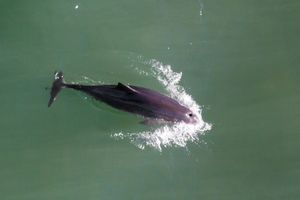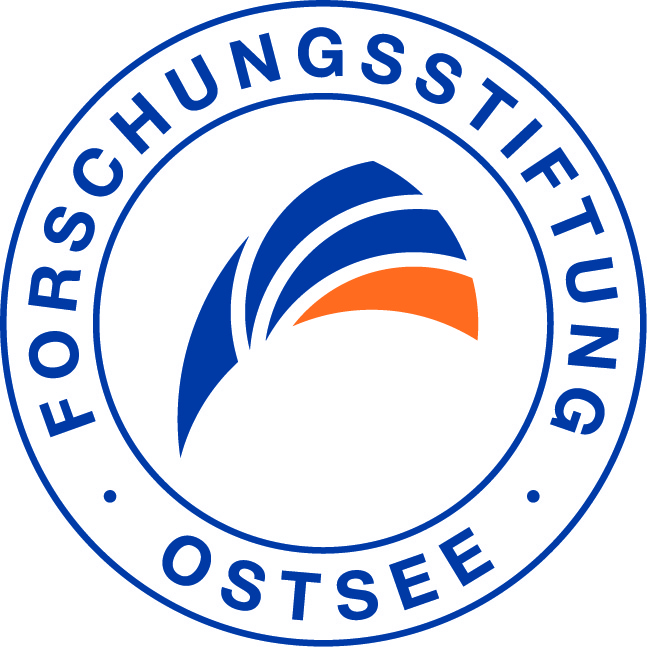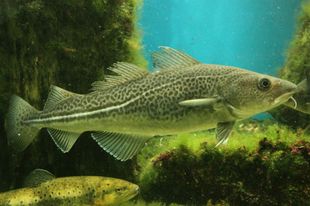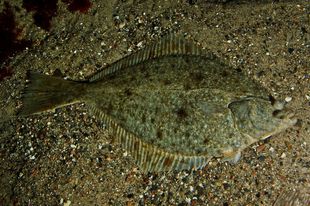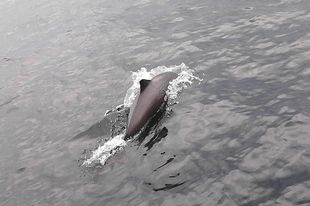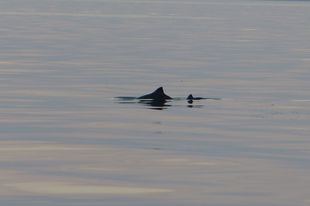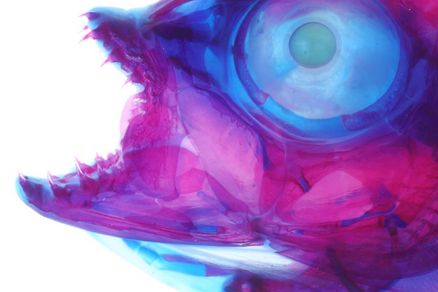Nourishment, migration and calf areas of harbour porpoises
| Name | Stable isotopes on harbour porpoises |
| Sponsors | Research Foundation Baltic Sea |
| Duration | May 2015 to July 2016 |
| Cooperation partners | University of Veterinary Medicine Hannover (TiHo), Institute for Terrestrial and Aquatic Wildlife Research (ITAW), University of Liège, Belgium |
| Project management GOM | Dr. Harald Benke |
| Project staff GOM | Msc. Marianna Pinzone |
About the migratory behaviour of the harbour porpoise is already known a lot but just a little about the calf areas and the exactly nourishment. A combination of analyses of stomach contents and study of chemical tracer, for instance isotope ratio between carbon and nitrogen, are necessary in order to study the ecology of marine mammals. The analyses of stomach contents shows the lately assimilate food; while the analysis of stable isotopes from muscles and bones of dead porpoises can additionally provide information on the composition of long-term and medium-term food consumption. Because of the carbon sources have different primary producer specific δ13C signatures. These signatures can distinguish between offshore / nearshore and benthic / pelagic food search behaviour. The δ15N signature changes among other things with different salt contents and can be used to model the position of the porpoises on the coasts of Mecklenburg-Western Pomerania.
Three trips are planned at sea, at the beginning, in the middle and at the end of the harbour porpoise rearing season. Five different sampling sites of invertebrates (mussel) and different species of fish are taken and their δ 13C and δ 15N values are measured in a mass spectrometer. Furthermore, tissue and stomach contents are taken during sections of stranded or by-caught porpoises. In this way, it is possible (1) to identify the prey species of porpoises to provide recommendations for fishery protection measures; and (2) to identify different isotopic patterns in the same fish species from different coastal regions of the German Baltic Sea to draw conclusion about the location of female harbour porpoises and their young. With these results, conservation measures of porpoises can be enforced more effectively locally and seasonally.
